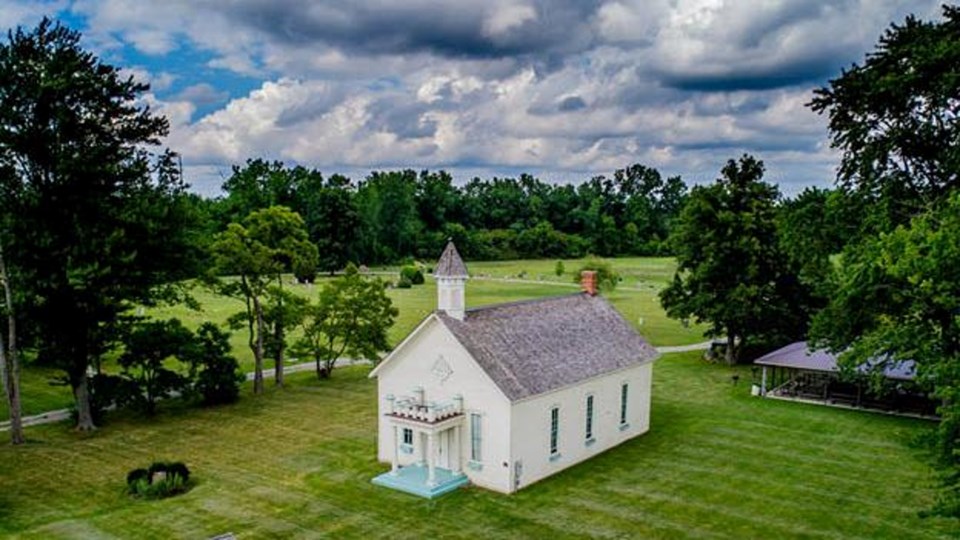OrilliaMatters is running a six-part series on Ontario historic sites as part of to Black History Month. This is the final part in the series written by Terry Fegarty, of the Tay Heritage Committee and Community Heritage Ontario, with editing assistance by Heritage Grey Highlands member Nancy Matthews.
The annual Black History Month campaign reminds all Canadians that our early Black history is an important legacy that continues to be seen and felt in many Ontario communities.
For instance, The Buxton National Historic Site and Museum, near Chatham, is a most important site in North American Black history.
The site is a tribute to the Elgin Settlement, the largest and most successful of four planned Ontario Black settlements. The others being Dawn, near Dresden, Wilberforce near Lucan, and Oro near Barrie. The Elgin Settlement was established in 1849 by Rev. William King and others who included Lord Elgin, then the Governor General of Canada.
King, a former slave owner turned abolitionist, together with his colleagues, bought 9,000 acres of swampy, forested Crown land, 12 miles south of Chatham.
The tract was six miles in length and three miles in width, situated between the Thames River and the north shore of Lake Erie. King brought 15 of his former American slaves with him from Louisiana, so that they could now live a free life.
Establishing the Settlement
The Elgin settlement was divided into 50-acre lots sold to settlers for $2.50/acre, and financed with loans at six percent interest, to be repaid over 10 years. The land was drained and cleared then developed to required standards.
Roads and ditches were built, fences and boundaries set, homesteads and settlements created, public buildings erected, industries established. The settlers were given no money, no grants of land, no farming tools, just protection and advice. Nevertheless, for many this was the final stop on their journey to freedom.
By 1859, the settlement reached its peak population of over 1,000 free Blacks, fugitives from slavery, and their descendants. The community had two churches, three integrated schools, two temperance hotels, a general store, a post office, a sawmill, a brickyard, a grist mill, and a potash factory. It also enjoyed a reputation for the superior education provided to its students, both Black and white, at the local Mission School.
After the Civil War, Buxton's population, declined sharply. Some families returned to their former homes in the United States. Many young people journeyed south to aid in reconstruction or moved away for better employment opportunities.
Buxton Today
Today, the hamlet of North Buxton has a population of approximately 250, over half of whom are proud Black Canadian descendants. On Labour Day weekend, every year since 1924, some 3,000 descendants and their families return to Buxton for a homecoming celebration.
Opened in 1967, the Buxton Site is Ontario's second largest national historic site, containing the original 9,000 acres with surviving land-use patterns and historic buildings. The property features the originally surveyed road grids, original drainage ditches, many homesteads, period houses and cemeteries associated with churches and/or homesteads. The area is dotted with many surviving 50-acre fields and woodlots.
The Buxton Museum was built by descendants of Buxton’s founding residents and is staffed by people who have ancestral ties to the community. The museum complex includes the main building, which houses original artifacts and exhibits about the community and its history, St. Andrew's United Church built in 1858, the 1861 schoolhouse, an 1854 log cabin and a barn.
